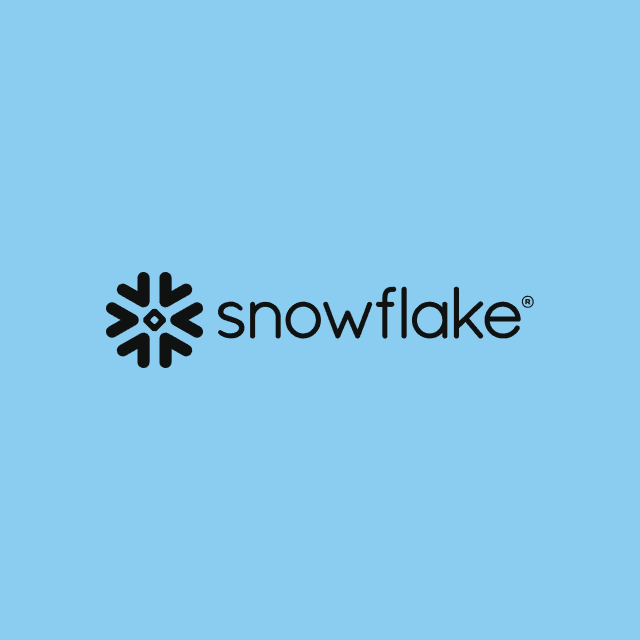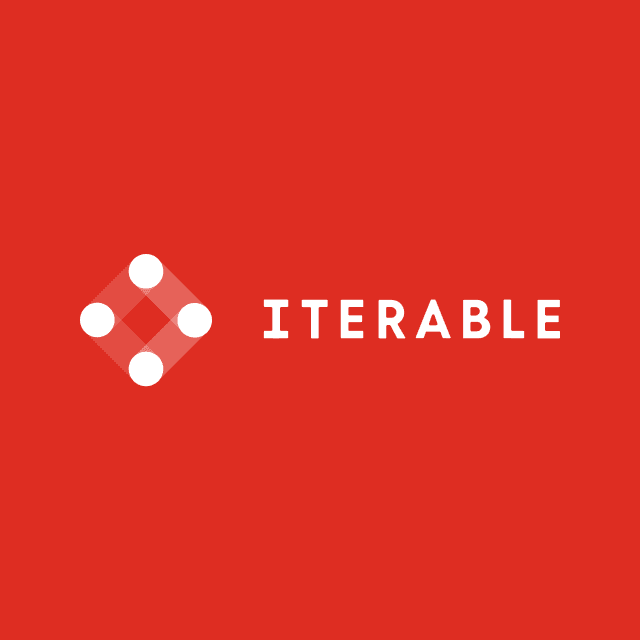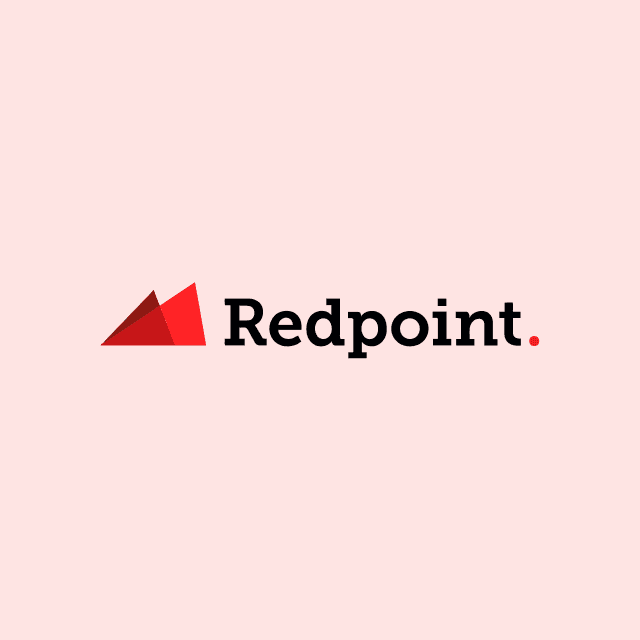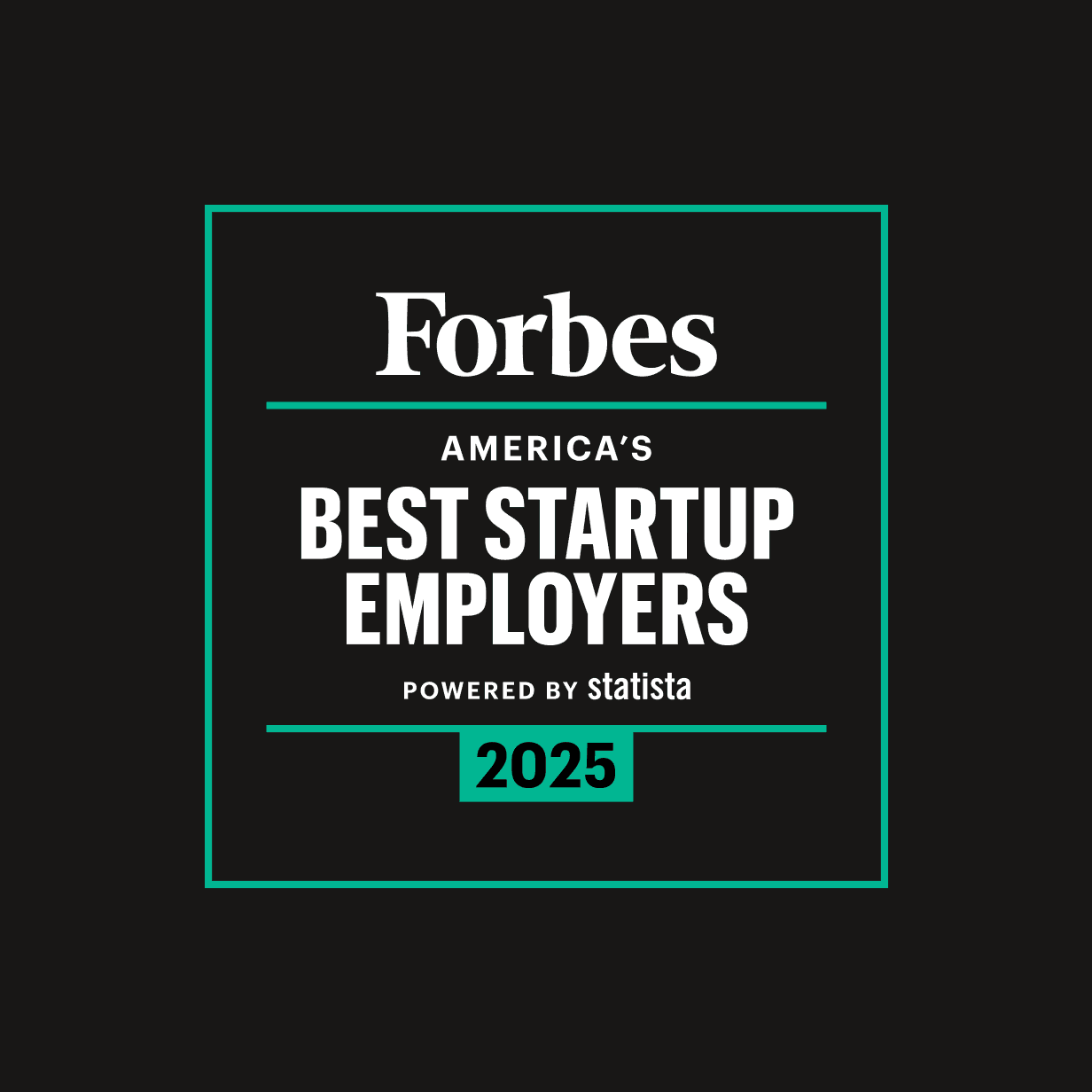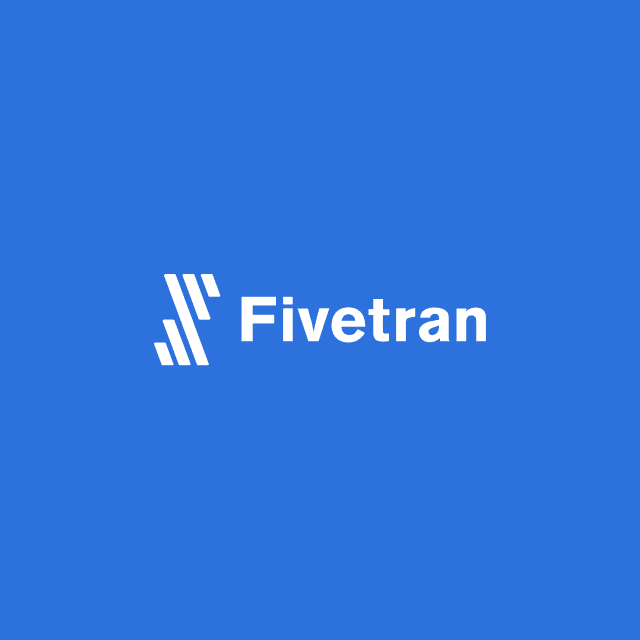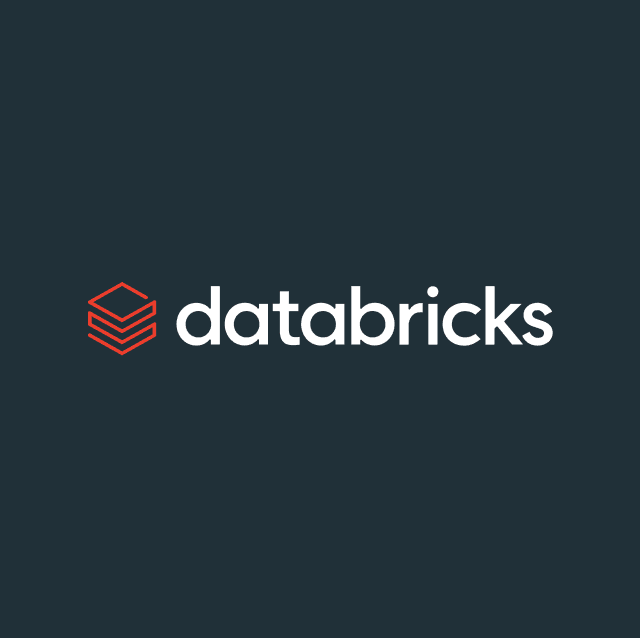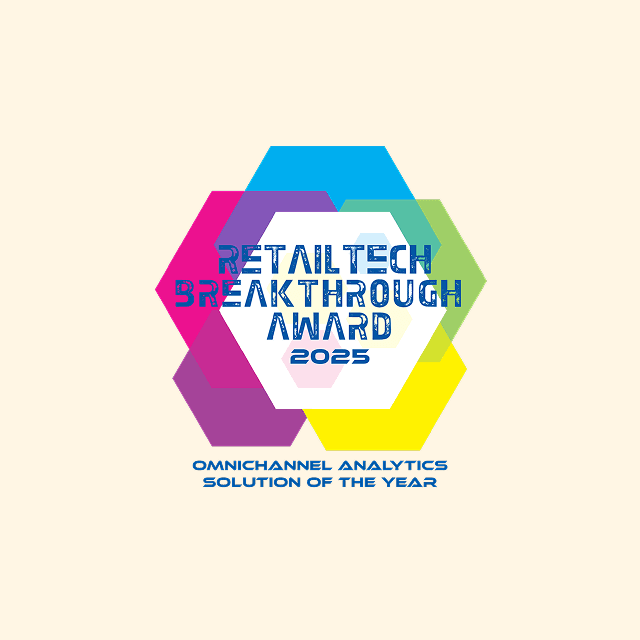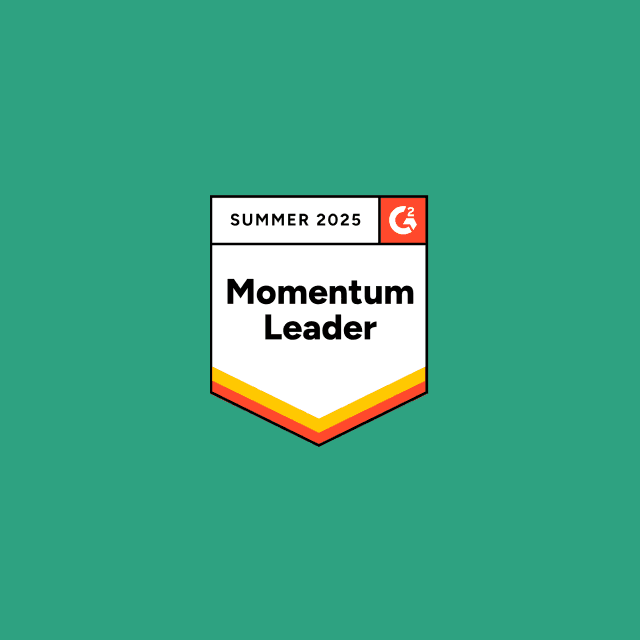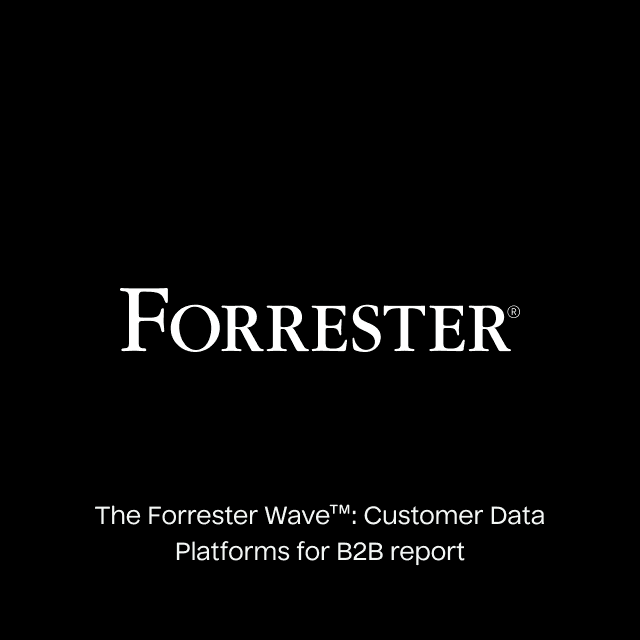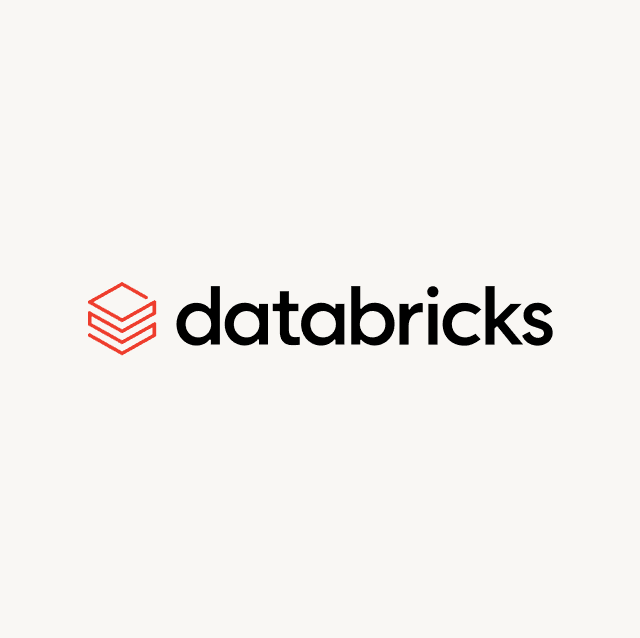Managing privacy and user consent is critical to maintaining customer trust and avoiding penalties like the €1.2 billion in fines charged for GDPR violations in 2024. Consent management providers like OneTrust help companies build a consent strategy to avoid negative consequences and also improve business results. Today, we’re excited to share how the partnership between OneTrust and Hightouch enables our customers to centrally track consent and enforce it across their entire marketing and business ecosystem.
Why consent (and preferences) matter
When most companies build strategies to manage user consent, they typically start from a place of risk avoidance. They don’t want to be fined or found in violation of laws like GDPR and CCPA because they are marketing to unconsented customers, or they may not be aware of how these regulations apply. They also don’t want to damage their brand reputation and consumer trust by ignoring user preferences and behaving unethically.
However, an effective consent strategy can do more than minimize risks: it can actually improve business performance. OneTrust goes much further than simply tracking a “yes” or “no” opt-in for each customer: it also tracks custom preferences so customers can fine-tune their consent. While consent is typically viewed as a compliance requirement, consent collection is an opportunity to collect preferences, which support stronger marketing and user experiences.
For example, you can gather customer preferences alongside consent to:
- Prevent unsubscribes by reducing marketing frequency. Rather than unsubscribing from all emails, a customer can opt to reduce their frequency of emails to one a week, or one a month, or whatever custom cadences your teams employ. One of the most common reasons customers unsubscribe from marketing is frequency, so allowing your customers to “opt down” to a lower frequency of communications can prevent your audience from shrinking.
- Increase marketing reach. By collecting consent from users across all of your digital properties (e.g., web, mobile, connected devices), you can grow your addressable audience and maintain compliance. You can allow your customers to modify opt-ins across different channels, like email and SMS. This turns consent collection into a valuable opportunity to gather more first-party data, which then improves the performance and reach of your marketing.
- Improve performance by tailoring content and channel preferences. You can offer customers custom marketing preferences, such as for “Men’s Clothing” or “Women’s Clothing.” You can allow your subscribers to tell you what type of content they want, ensuring relevance, mitigating unsubscribes, and increasing click-through rates.,
- Enable data sharing to improve advertising performance. An increasing number of brands want to share third-party data to improve the research and impact of their advertising on platforms such as Meta and Google. That data sharing also requires explicit consent or risks regulatory action.
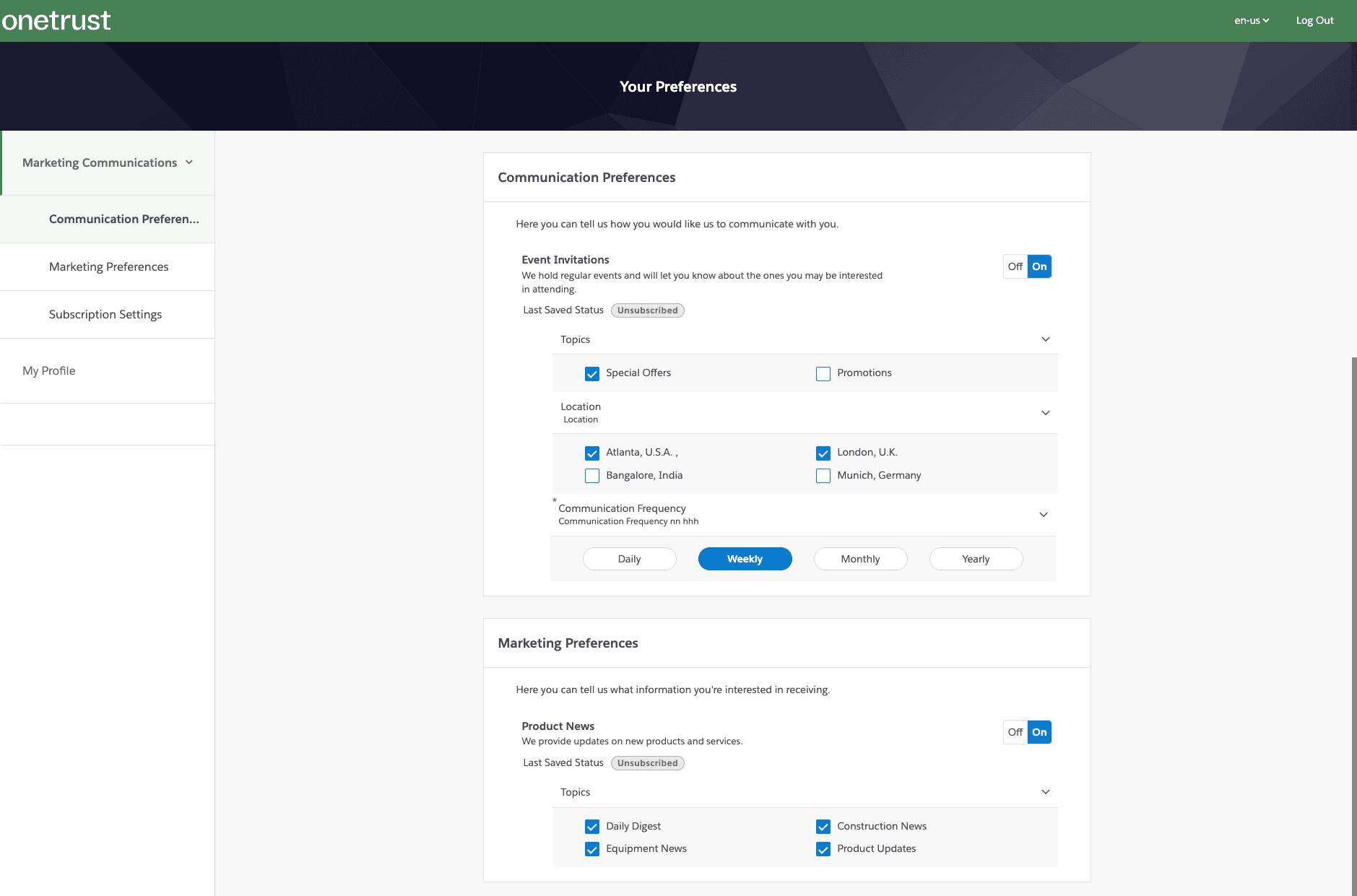
OneTrust allows your customers to modify preferences and consent records across multiple channels. Source.
Managing a consent source-of-truth
Most enterprise companies are adopting or have adopted cloud data warehouses to be a central source of truth for their business and customer data. It’s the best place to unify data from transactions, web interactions, disparate SaaS and business systems, and years of historical data. This is also the environment that organizations are building out their own AI agents and predictive models from. And with a Composable CDP, the data warehouse ultimately powers marketing and operations across hundreds of tools and marketing channels.
Given the centrality of data warehouses to the modern enterprise, it makes sense to also centralize customer consent in the data warehouse. All of the work that a warehouse gets done– like powering marketing campaigns and enabling AI agents— needs the context of customer consent. Leading organizations are using OneTrust’s Universal Consent and Preference Management (UCPM) to gather consent preferences and store them in their data warehouse. Notably, OneTrust released a Snowflake-native app, which makes it even simpler to implement OneTrust.
Another key benefit of this integration is speed. All too often, organizations rely on static consent lists, which rapidly fall out-of-date. OneTrust updates consent in near-real-time through its Snowfake-native app. This means that as soon as customer consent and preferences change, that change is reflected in Snowflake, and as we’ll now discuss, in downstream applications thanks to Hightouch.
To learn more about how to connect Hightouch to your OneTrust consent table in Snowflake, read our docs.
Enforcing consent with Hightouch across your other marketing and business tools
Hightouch is a key part of how enterprises take action on the data warehouse. It’s how business users get access to their data, and ultimately sync that data into hundreds of downstream tools and marketing campaigns, whether through manually built segments and journeys or automated campaigns powered by AI Decisioning. This makes Hightouch the key gatekeeper that ensures customers only receive consented communications and their data is only used in consented ways.
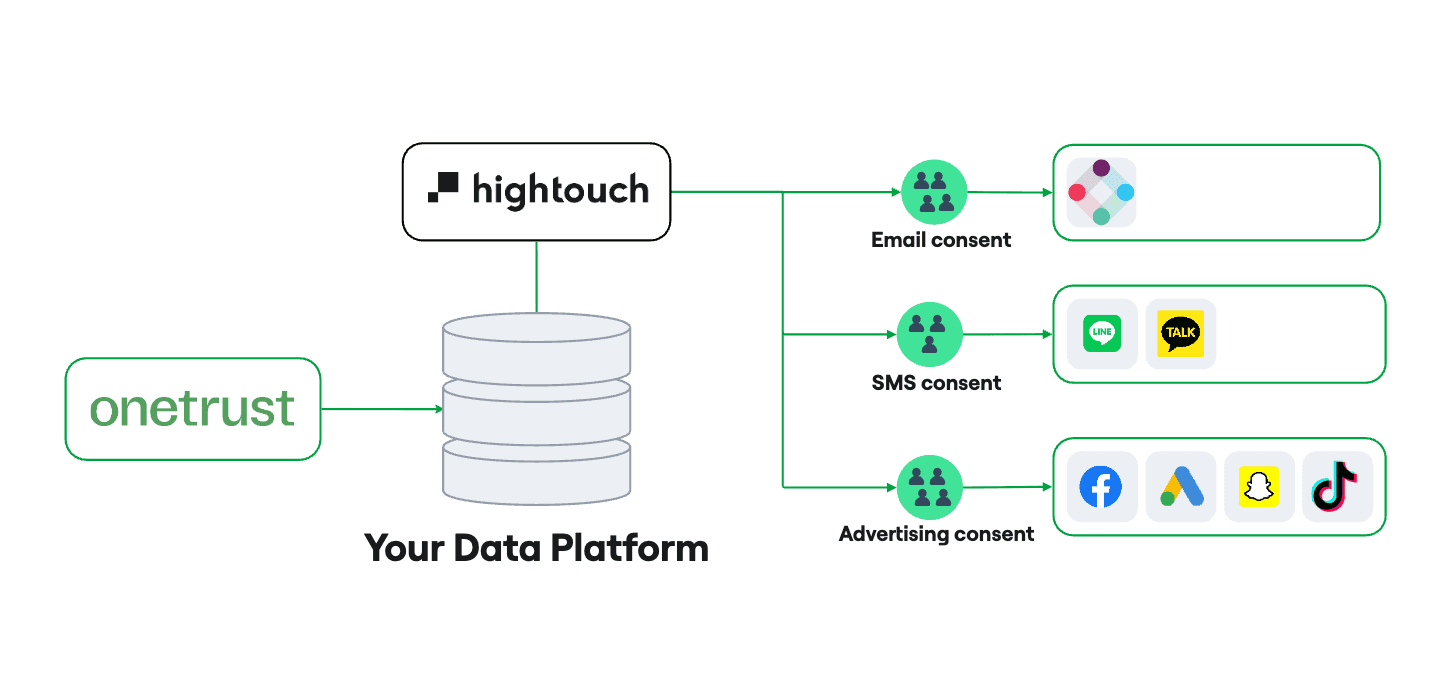
OneTrust gathers consent into your data platform; Hightouch enforces it across downstream tools and marketing channels.
There are a few key ways you can enforce consent using Hightouch:
- Proactively filter segments based on consent. Hightouch’s subsets feature allow you to define filters based on any key field, that you can then apply across all of the audiences and journeys you build. We regularly see our users create subsets for consent opt-ins for different channels and content types, so they can build audiences of appropriately-consented customers
- Suppress non-consented data. While subsets allows marketers to proactively include or exclude differently-consented customers in their audiences, destination rules are a simple and effective fail-safe: for every tool and channel Hightouch is connected to, you can create blanket rules that prevent any non-consented data from reaching that tool.
- Remove data when consent is revoked. When customers opt out of previously-consented marketing, Hightouch can push that opt-out to the downstream tools where the customer’s data was previously sent. Recurring syncs to key destinations can remove customers who revoked consent on their next scheduled update, or you can set up proactive triggered deletions to downstream tools as soon as consent is revoked.
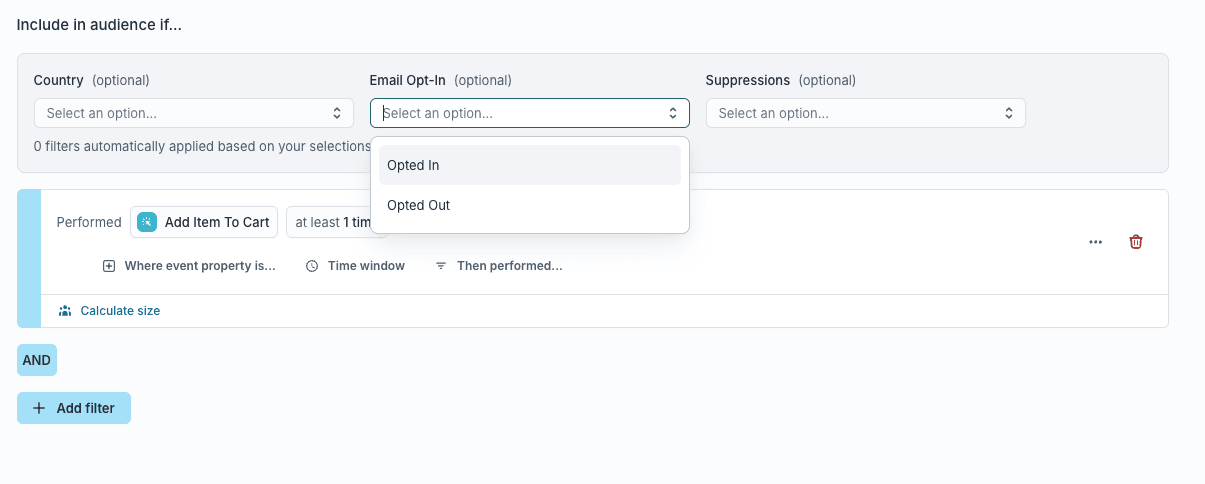
In this example from Hightouch’s audience builder, users have set up an “Email Opt In” subset so they can include users in this audience based on email consent.
Closing thoughts
Managing customer consent is essential for modern enterprises to reduce their risk, maintain customer trust, and improve their marketing performance. Since the data warehouse has become the central hub for data at the enterprise, it should also be the central hub for consent. OneTrust makes collecting and managing consent in the data warehouse simple, and Hightouch takes the next step to enforce that consent across all of the marketing and operations that the data warehouse powers.
The teams at OneTrust and Hightouch are ready to help you solve consent and power more effective and compliant marketing! Use these links to schedule time with the OneTrust and Hightouch teams, read more documentation about this partnership here.




